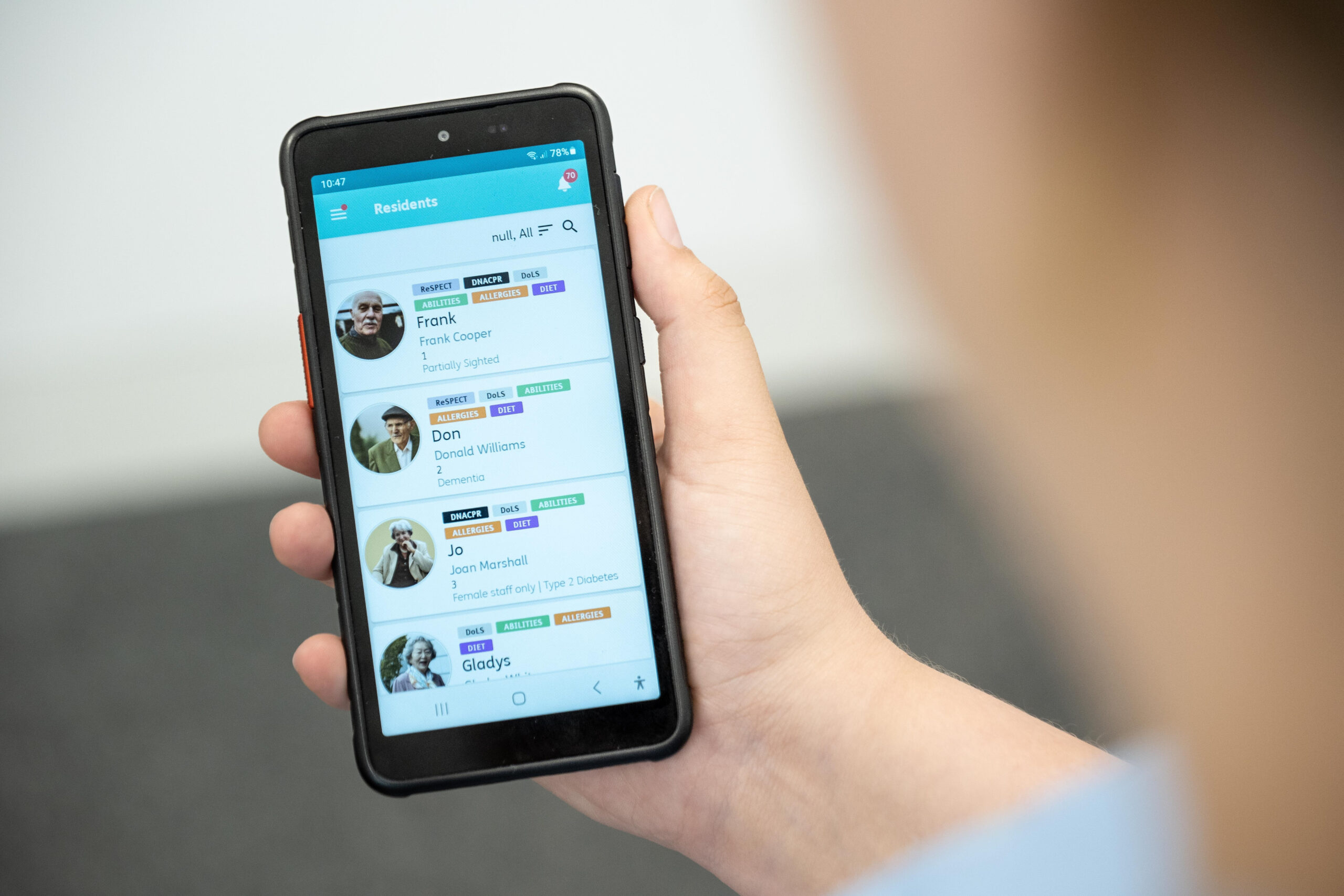Nourish Care and Radar Healthcare are set to revolutionise the adult care system

More than just a partnership. Nourish and Radar Healthcare’s work with Future Care Group will lead to true digital innovation, saving time, lives and setting a pace of change that will have a real impact across healthcare
Since announcing their partnership in October 2022, Nourish and Radar Healthcare have run a successful proof of concept with Future Care Group that is set to radically improve the safety of the adult health care system for residents and staff.
Chosen because they are a tech savvy organisation within the top 20 care groups, Future Care Group have been utilising the Nourish/Radar Healthcare software integration and report that it saves time, increases the safety of residents and highlights areas that need improvements. Feedback was collated throughout the initial phase to drive further improvements for the integration.
The integration means that a user can log an incident in the Nourish Care planning app and it automatically populates details into Radar Healthcare’s risk, quality, compliance and safety software. Radar Healthcare then provides process workflows and detailed analytics which allows all findings and outcomes to be fed back into the Nourish system, leading to a sophisticated exchange of information between the two platforms.
“There’s a lot of talk about integration in the industry and while that’s always encouraging, real change comes from analysing the day-to-day use of the integrated platforms over a period of time and using that data to improve the system. We believe that this latest collaboration is going to set the bar in the adult care sector,” explains Nuno Almeida, CEO and founder of Nourish.
“We’ve upgraded the Nourish/Radar Healthcare integration, so that rather than simply reporting an incident, the full integration now provides a lot more texture. For example, it doesn’t just report a fall, it will give you information on the resident, their health, their medication history, any other incidents, etc. It’s a much more rounded picture meaning that any markers are highly unlikely to be missed. This is a huge leap in terms of healthcare digitisation. It is exciting to see social care really drive change that will benefit the whole health and care sector.”
Paul Johnson, CEO and co-founder of Radar Healthcare says: “Radar Healthcare and Nourish Care both share a clear vision of automated, integrated data being a driving force for continuous improvement across social care. The results of the initial phase have been excellent and both parties have worked together to scale the software for a more advanced user experience.”
Future Care Group reveals that during the proof of concept, 200 incidents were reported and because all front line staff members were already fully conversant with the Nourish app, it didn’t add to their workload. Managers could be quick to respond, completing activity in Radar Healthcare and then ensure no safety markers had been missed.
“Using the tech was hugely beneficial for us,” says Stacey Hemming, Group Clinical Developmental Lead at Future Care Group. “It has prompted us to make changes in our training. After identifying root causes of incidents we were able to identify patterns and areas for improvement. We were then able to take in that risk and understand how staffing ratio changes, activity programme changes at key times of day and staff training could all be used to make a real difference.”
Denise Tack, Director of Partnerships at Nourish Care says: “This partnership goes beyond technology and signifies the joint understanding Radar Healthcare and Nourish have of the complexities of care delivery. The continued development of this partnership will bring significant benefit to care provider teams but also raises the bar for other technology providers to drive meaningful collaboration in order to support the rapid digital transformation of the sector.”
Rhian Bulmer, Chief Partnerships Officer at Radar Healthcare, says: “At Radar Healthcare, we’re bringing some of the most powerful care platforms together so our end-users can truly utilise their data for meaningful impact. I’m delighted that our partnership with Nourish Care is paving the way to help care organisations of all sizes to be as efficient as possible, while offering the best quality of care. With a shared vision, we have worked hard with Nourish to ensure the integration will fit the needs and requirements of carers day-to-day and will result in valuable reporting, actionable insights and improved outcomes for residents.”






